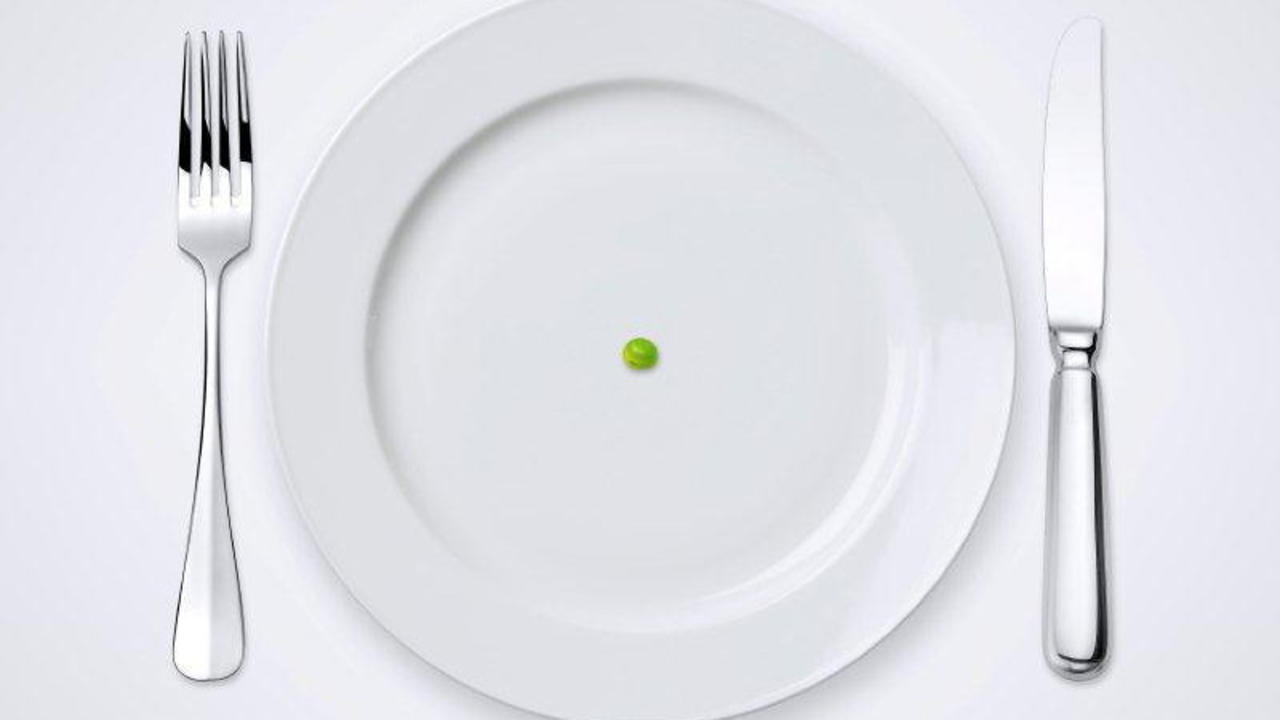WHAT DO YOU DO FOR MOLD EXPOSED PATIENTS WHO HAVE LOST ORAL TOLERANCE?

If you are seeing mold patients, then, most likely, a number of patients popped in your head when you read the headline
You can recognize them:
- They are really wired and anxious. Scared, even.
- They aren’t sleeping well.
- They may only have 3-5 safe foods to eat, and even then, they may be reactive to those foods to some degree.
What’s happening here? They are stuck in a “fear loop”. The fight or flight response is releasing excess neurotransmitters that is acting on the mast cells to release more histamine. This makes their food reactions even worse.
They take up an enormous amount of your time and energy answering their questions, when you should be spending that time and energy on healing the gut, stabilizing mast cells and the histamine response.e.
They want to know:
- How, and why, did this happen to me?
- Is it permanent?
- What can you do to help me?
You can give them handouts for the low histamine diet, but most likely that isn’t enough to help them feel secure about how to manage symptoms.
Besides, the low histamine diet is only a temporary tool to be used for a short period of time, while you work on fixing the underlying root cause.
Need help explaining this to your patients?
Dr. Clayton and Dr. Christensen completely understand this patient population. In fact, at one point, we ourselves were in that population. Our passion is in giving you the tools to have these conversations with your patients. All the information you need is in our online Mold Detox Diet Course.
This is just a sample of the information you get in this course:
Histamine Education
- We have a section that explains how histamine intolerance develops, how histamine is metabolized in the body.
- With this course, you can create well-informed patients who CAN lower the histamine response!
Nutrients, OTC and Prescription Meds
- which nutrients can help stabilize the excess release of histamine
- which over-the-counter drugs can help, if needed
- which Rx medications reduce the effects of histamine
- how to manage an acute histamine reaction that is causing GI symptoms and anxiety
Which Foods to Eat and Not Eat While Recovering
There isn’t a consensus in the environmental medicine community of concerning which diet is best, however, we have found from experience that most patients do well on an anti-inflammatory, plant-based diet that eliminates the most highly mold-contaminated and inflammatory foods.
The auto-immune pathway is stimulated in mold illness, Even if your patient hasn’t been diagnosed with an autoimmune disease, the Th17 autoimmune pathway is activated due to the toxin damage of the cells and tissues and chronic activation of the immune response.
They are very inflamed!
Diet is the #1 most-important intervention we can make in these patients.
However, we know you are busy!
Diet education is daunting – making meal plans, what to eat, what not to eat, brands to select, snacks they can eat, what to eat when they eat out or on the go. Who has time for all of that?
Dr. Clayton and Dr. Christensen have that all figured out for you. If you haven’t signed up for our mold detox diet program yet, then now is your chance to do it at the same special Toxic Mold Summit of rate $59. Regular price is $197.
Don't miss out! This offer expires tomorrow.
